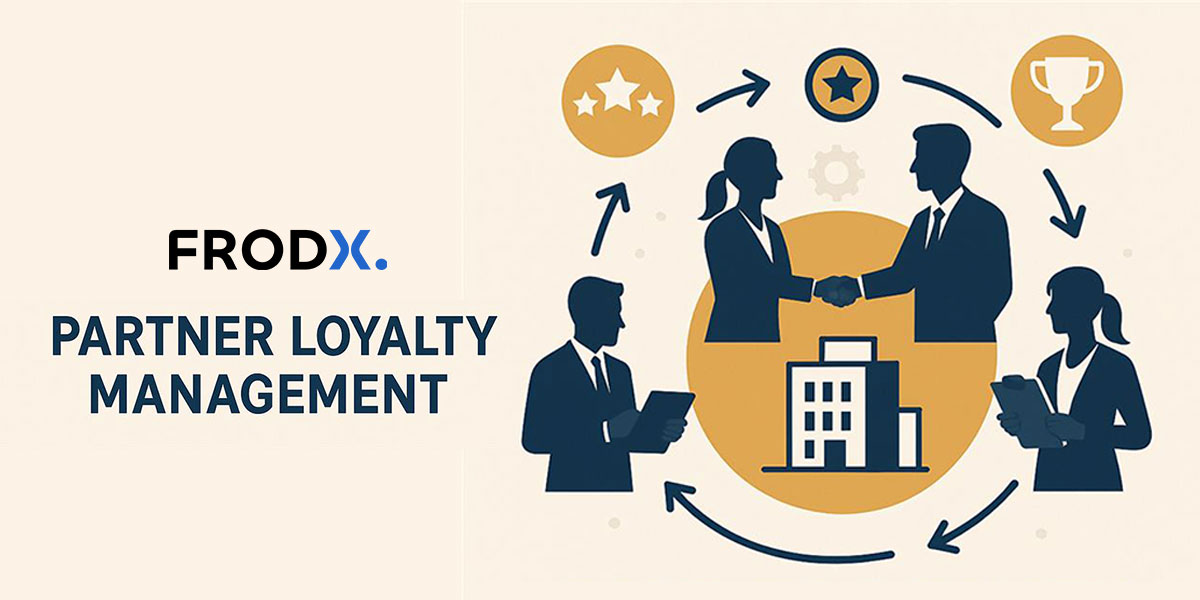Loyalty Program or Just a Discount Card?
%20(1).png)
After listening to the latest episode of our FrodX podcast "RASTezanje" (currently available only in Slovenian), it made me wonder: why is customer loyalty actually declining, despite companies pouring more money into loyalty program management systems?
Gartner predicts that this year alone, 4,200 companies will launch RFPs for new loyalty program platforms. These companies are actively considering implementing or completely overhauling their programs – often because their current ones aren't delivering.
At the same time, consumer behavior analyses show that brand loyalty is at historically low levels. How is this possible? How can we be investing more while getting fewer results?
The answer might be simple: we're confusing loyalty with repeat purchases. Or with the amount on receipts. Or with the number of points collected. But these are just indicators of transactional activity. True loyalty involves something more – emotional connection. And if a program can't recognize this, it's not rewarding the loyal – it's rewarding the thrifty.
When you run out of kids, do you run out of points?
Today, my wife and I buy less food at the store. We spend less on travel. We buy less clothing because the kids don't grow at that pace anymore. Our older daughter moved out, our son spends at least three months a year away from home due to golf tournaments. From a family of five, we're now down to about three and a half people.
But we still buy the same products from the same stores, just as regularly. Only in smaller quantities. On paper – we're no longer loyal customers. In reality – we haven't changed any of our preferences or our relationship with brands.
Loyalty isn't the amount on the receipt
Tourism companies are a special case. Who shows more loyalty – someone who spends every 14 days of annual vacation with the same service provider, or someone who comes once every three years but spends five times more?
If you read Forbes or follow Reddit discussions, you've probably noticed that Carnival Cruise Line is seriously grappling with this question. Their mess with loyalty program renewal forced them to reconsider what loyalty actually means.
The same applies to grocery chains – smaller families spend less. But if we do all our shopping at one store, why would the program think we're less loyal?
Loyalty ≠ discount
If a consumer has ten "loyalty cards" in their wallet, they actually have ten discount cards. Not loyalty cards. Loyalty means preference – from habit or conviction. It means going to the same service center, the same store, buying the same detergent – even when there's no sale.
A loyalty program should be designed to encourage that kind of behavior. True loyalty happens even without discounts.
Global examples that understand emotional loyalty
We all know two global brands. Starbucks is an excellent example. Their star system doesn't just measure spending, but also engagement in the app, participation in challenges, order timing, and location. Patagonia builds loyalty through brand values – it enables donations to environmental organizations with program points, encourages equipment repairs instead of buying new, and accepts returns of items you no longer need.
This isn't rewarding purchases – it's rewarding values. That's why these programs work.
What about local retailers?
Even without million-dollar budgets, loyalty programs can reflect more than just purchase value. Some examples:
- Recipe + cart:
If a customer clicks "Add all to cart" from a recipe on the store's website, that's a clear signal – they chose the brand first, then the products. Discount wasn't the deciding factor. . - Sports brand app:
Check-in at the start and summit of a hiking route through a sports equipment store's app. Regular app users who want to rank high on the leaderboard (like a hiking logbook) are way more attached to your brand than bargain hunters. - Sharing benefits:
If a customer gifts points or bonuses to a family member or friend – that's a sign of emotional belonging. Why wouldn't you recognize and reward that? - Fewer returns, more points:
A customer who doesn't return products saves you money. This should be included in the reward system – it contributes to a smaller CO₂ footprint. - Bio points:
Why doesn't anyone yet reward purchasing healthier products – with less sugar, from organic production, animal-friendly? Emotionally, this is on the same level as Patagonia's approach.
My colleagues know how to excellently design such mechanisms – after just a few workshops, for almost any industry and company size. We also know how to precisely model them according to your business objectives. We've developed loyalty programs and corresponding reward models for some global brands – both in B2C and B2B contexts.
The key question for every management team
If your program only recognizes money at the register, but not the time, effort, and heart that customers invest in their relationship with the brand – then it's not measuring loyalty. It's only measuring purchases.
So ask yourself: Do you have a loyalty program – or just a discount card?
If you're also thinking about how to transform your loyalty program into a tool that truly builds relationships – without changing platforms or making large investments – book a meeting with me.
We'll gladly show you how others have successfully done this, and what could work for you too.
.png)

